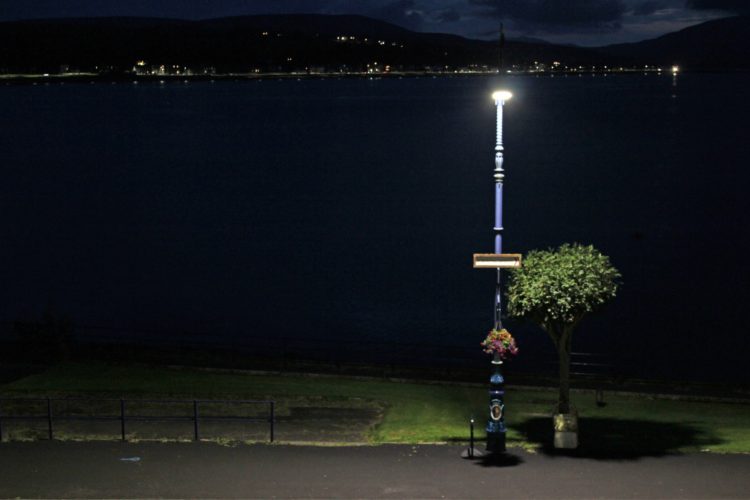As we go into winter, we find ourselves nearing the time of year where a number of our daily activities often occur in darkness and we need to think more about how inclusive planning can lead to safer communities.
I recently had a conversation with a group of female runners, who regularly come across situations where they feel uncomfortable going for a run. The fundamental concern was relating to the likelihood of harassment. This leads individuals to avoid running alone and avoid running at certain times of day or changing their route. Unsurprisingly, we are not alone. In 2021 End Violence Against Women released a study that 1 in 2 women feel unsafe walking alone after dark in quiet street near their home, compared to 1 in 7 men. Two thirds of women aged 16 to 34 have experienced a form of harassment in the previous 12 months. Only 59% of the LGBT+ community feel comfortable walking on their streets in their neighbourhood (at any time of day).
This fear reduces freedom of movement for individual, which becomes heightened in the winter months. On the shortest day of the year, England has less than 8 hours of daylight, and over 16 hours of darkness. It is very difficult for individuals to avoid going out at night.
You may think – how is this relevant to planning?
As a society, we should be proactively looking for ways that individuals can feel safe to live and experience the places they live in. The quality of the built environment influences choices and behaviours which change how we interact with spaces and place.
The NPPF states that planning policies and decisions should aim to achieve healthy, inclusive and safe places which are safe and accessible, so that crime and disorder, and the fear of crime, do not undermine the quality of life or community cohesion. Based on the statistics – more needs to be done. Developers should not seek to provide a tokenistic CCTV camera and consider that the ‘Designing out crime’ criteria has been met.
The design process often overlooks the experiences of more vulnerable groups in society which exacerbates the perception of fear and impacts on the community. Developments must be designed inclusively, considering all users that may use the development, or interact with it within the built environment.
- Lighting: a design which not only provides lighting but considers the interaction between lit and unlit areas.
- Passive Surveillance: the presence of other people reduces the likelihood that a crime will occur. Developments should promote intervisibility to increase opportunities for passive surveillance.
- Maintenance: Overgrown or unkept areas can attract anti-social behaviour. Whilst the planning system cannot control the maintenance of existing areas, it can ensure that any new design landscaping scheme can be reasonably maintained for the lifetime of the development.
Addressing the concerns raised by individuals, especially in vulnerable groups, goes beyond personal safety; it is a societal responsibility embedded in the realm of planning. The professions within planning need to be sufficiently diverse to be able to plan more accessible environments. To truly make a difference, we invite you to join the conversation. Share your thoughts, experiences, and ideas on how we can collectively work towards safer, more inclusive communities through inclusive planning. You can contact us for more, or reach out to us on LinkedIn to find out more about the work we do.

